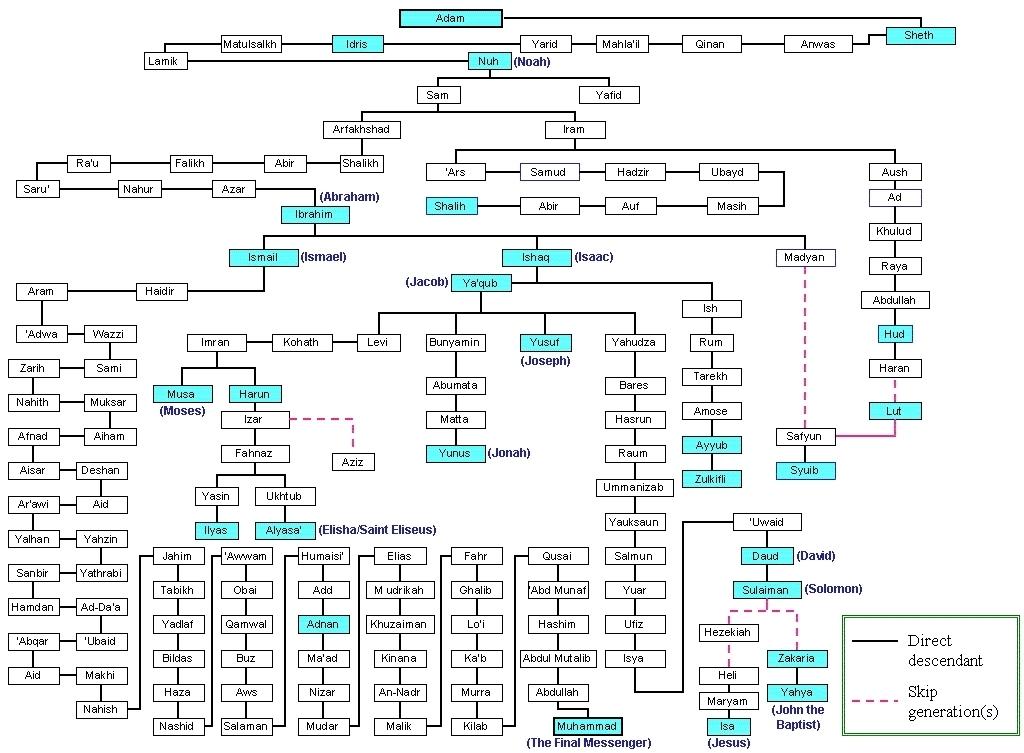Shri Zarathustra 4th Incarnated Adi Guru

Zarathushtra Spitama or Ashu Zarathushtra was an ancient Persian Prophet, Spiritual leader and ethical philosopher who taught a spiritual philosophy of self-realization and realization of the Divine. He founded a new religion. His teaching challenged the existing tradition of the Indo Iranian religion and later developed into the religion of Mazdayasna or Zoroastrianism. He inaugurated a movement that eventually became the dominant religion in Ancient Persia. he was a native speaker of Old Avestan and lived in the eastern part of the Iranian Plateau, but his exact birthplace is uncertain.

An imaginary image of How "Shri Zarathustra" may look like.
Shri Zarathustra (Known to the Greeks as Zoroaster) preached that there is a Supreme Being "Ahura Mazda" (In order to bring about the creation and maintenance of the world it brings forth 6 divine beings "Amesha Spentas" and itself being made up of sevenfold creations) who had created the World, Mankind and all the good things in it through his Holy Spirit. "Spenta Mainyu" The rest of the Universe was created by Six other spirits, (Same is mentioned in Holy Bible and Holy Quran and several Indian Spiritual works of literature) the Amesha Spentas (Holy Immortals). However, the order of this sevenfold creation was threatened by the Evil Spirits and it was, therefore, the duty of Mankind to support the good spirits in order to speed up the destruction of the Evil. The main texts of Zoroastrianism are contained in the "Avesta", the most Sacred of which are the Gathas or hymns of Zarathustra.
Shri Zarathustra was 4th Adi Guru Incarnated on earth to help human being cross "Bhav Sagara" or the Void. He is the Incarnation of Lord "Shri Dattatreya". Lord Dattatreya was the Incarnation of Lord Brahma Lord Vishnu and Lord Shiva. Shri Dattatreya has Incarnated on earth several times including as Shri Mohammed saheb, Shirdi Sai Baba, Shri Guru Nanak, Shri Moses. But unfortunately, Parsees never know more about Shri Zarathustra other than that he is the Prophet of God. Zarathustrians are very few in this world, but the rich heritage of human spiritual thought that Zarathustra has left behind is still very appropriate and typical to today's world. Zarathustra's vision of the world and his heritage to humanity in the form of revealed religion known as Zoroastrianism. The old Iranian Deities, which are archetypes, found all over the ancient polytheistic world from Egypt to India were not abandoned entirely but were identified with these seven angelic beings or Immortals
"Zoroastrian refugees arrived in the Gujrat region of India in the 8th Century AD and is not surprising that in the relatively tolerant atmosphere of the Hindu culture into which they were received, some Parsi thinkers looked for and found similarities between their cosmology and that of the Hindus. The Seven "Amesh Spentas" described by Zoroaster in the "Gathas" has been compared by some Indian Parsis with the Seven Chakras(Subtle energy points in the human body) and each of which also represents an aspect of creation.
In the Zoroastrian system, Wisdom is necessary for Knowledge and Knowledge is necessary for Harmony with nature and Harmony with nature leads to Righteousness and Love, which leads to Perfection which leads to immortality and thence to self-realization. Zarathustra described the seven qualities of the One, not merely to make a compromise with the old religion of many deities. He wanted his followers to strive to awaken these qualities in themselves. Shri Zarathustra's concept of emanations from the Godhead formed the foundation of Gnostic Christianity and influenced the development of the mystical aspect of Judaism- the Kabbalah.
The extract of the essence of his teachings is encapsulated in this words: Good thoughts, good words good deeds. Many subsequent prophets have imparted similar teachings and it is easy to underestimate the revolutionary nature of Zarathustra's idea. One of the most important being the concept of "free will". Followers of Monotheistic religions owe much to Zarathustra and could benefit from his concept of a single God with multiple creative aspects, both masculine and feminine. In yoga, these are conceived of as Seven flowers like spiritual centres, each with its abiding deity or aspect of Self, on a single tree of life.
As extracted the information from reliable books and internet sources by Sudesh DJV.
Sudesh DJV writes on contemporary subjects in the form of Articles and poems which is in the interest of the Nation in particular and for the Mankind in general.



.jpg)




Comments